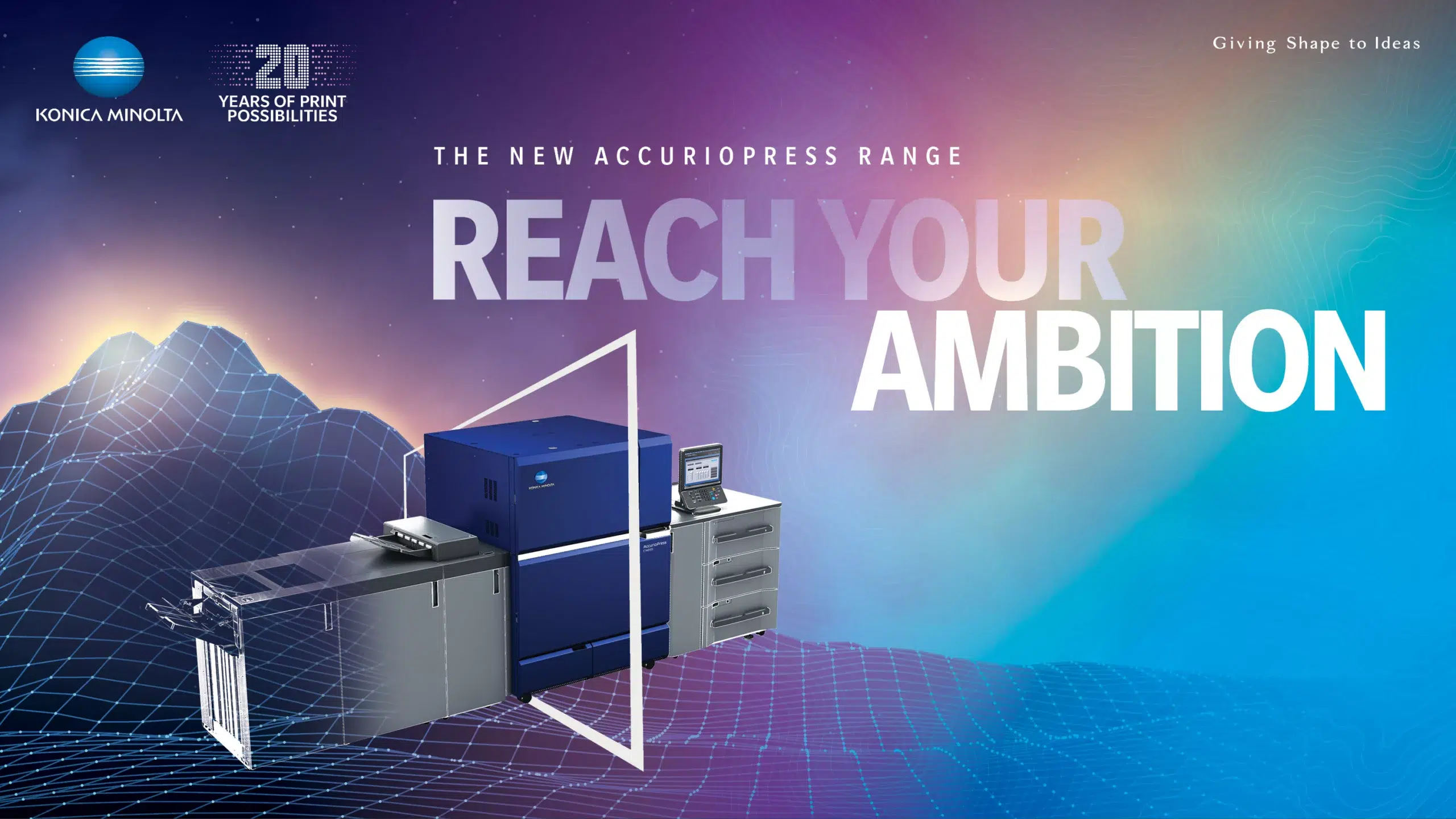One of the key goals of digital transformation is to find opportunities to streamline current processes. An effective way to streamline processes is to use Robotic Process Automation (RPA). These robots, or bots, are the key to workflow efficiency.
Mundane, highly-manual, repetitive tasks, like data retrieval and data entry, can be a strain on businesses. Although they’re essential, they take up time and resources, distracting staff from doing potentially more valuable activities that grow the business.
However, there is an easier way doing these types of tasks. Robotic process automation (RPA) is designed to streamline processes through automation, providing your business with an effective workflow solution that frees up your people to contribute more creatively and more meaningfully to your organisation.
What is Robotic Process Automation (RPA)?
Put simply, RPA is a software robot that follows a coded set of repetitive and data-intensive digital instructions. These bots are virtual copycats, mimicking human-computer interactions and acquiring learned trends. They have an advantage over humans in that they never need to take a break and, as long as their inputs are correct, they never make a mistake.
RPA processes follow rule-based, repetitive instructions with clearly defined inputs and outputs, and can withstand a heavy volume of data. RPA can also integrate legacy systems, which can be a key benefit for companies looking to upgrade their core operating functions without incurring the expense and risk of replacing those legacy systems.
Benefits of RPA
- automating processes and streamlining operations
- reducing the risk of double-handling information
- providing error-free results
- processing a high volume of data incredibly quickly and efficiently
- improving employee engagement by reducing repetitive, tedious, manual tasks
- delivering better customer service and compliance management
- presenting valuable data and informative insights to drive company progress.
According to Gartner, the RPA software market grew 63 per cent worldwide in 2018, and is forecasted to reach US$1.3 billion in 2019.[1] The biggest segments of enterprises adopting RPA processes included banks, insurance consultancies, telecommunications and utility companies.[2] However, these are by no means the only types of organisations that can benefit significantly from RPA. Even a simple RPA
solution applied to something like invoice processing can save most companies exponentially, freeing up their finance staff to focus on more proactive and complex work.
In 2018, Deloitte predicted RPA will achieve almost-universal adoption over the course of the next five years.[1] As more organisations transform digitally, adopting RPA processes can provide them with pivotal benefits to operating systems. The key is to start with the processes that are most time consuming and simplest to automate, then expand RPA to cover more of these repetitive, rules-based tasks. Soon, you’ll find your business makes fewer errors and that staff members are more engaged in their work and contributing more meaningfully to business growth. To find out how you can achieve this, talk to Konica Minolta today.
[1] Gartner, Gartner says worldwide robotic process automation software market grew 63% in 2018, 2019 – Read more
[2] Gartner, Gartner says worldwide robotic process automation software market grew 63% in 2018, 2019 – Read more




